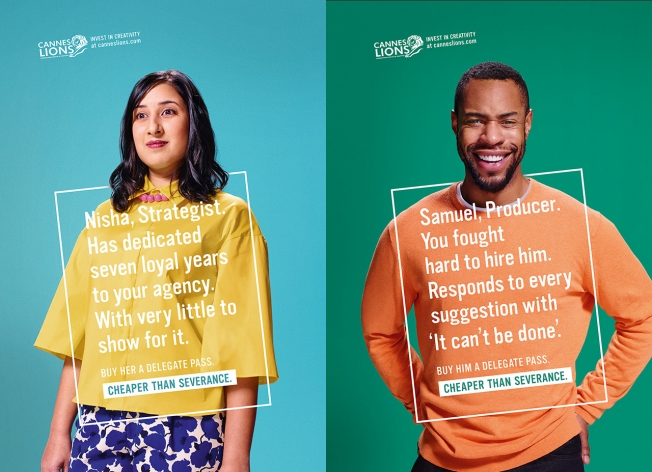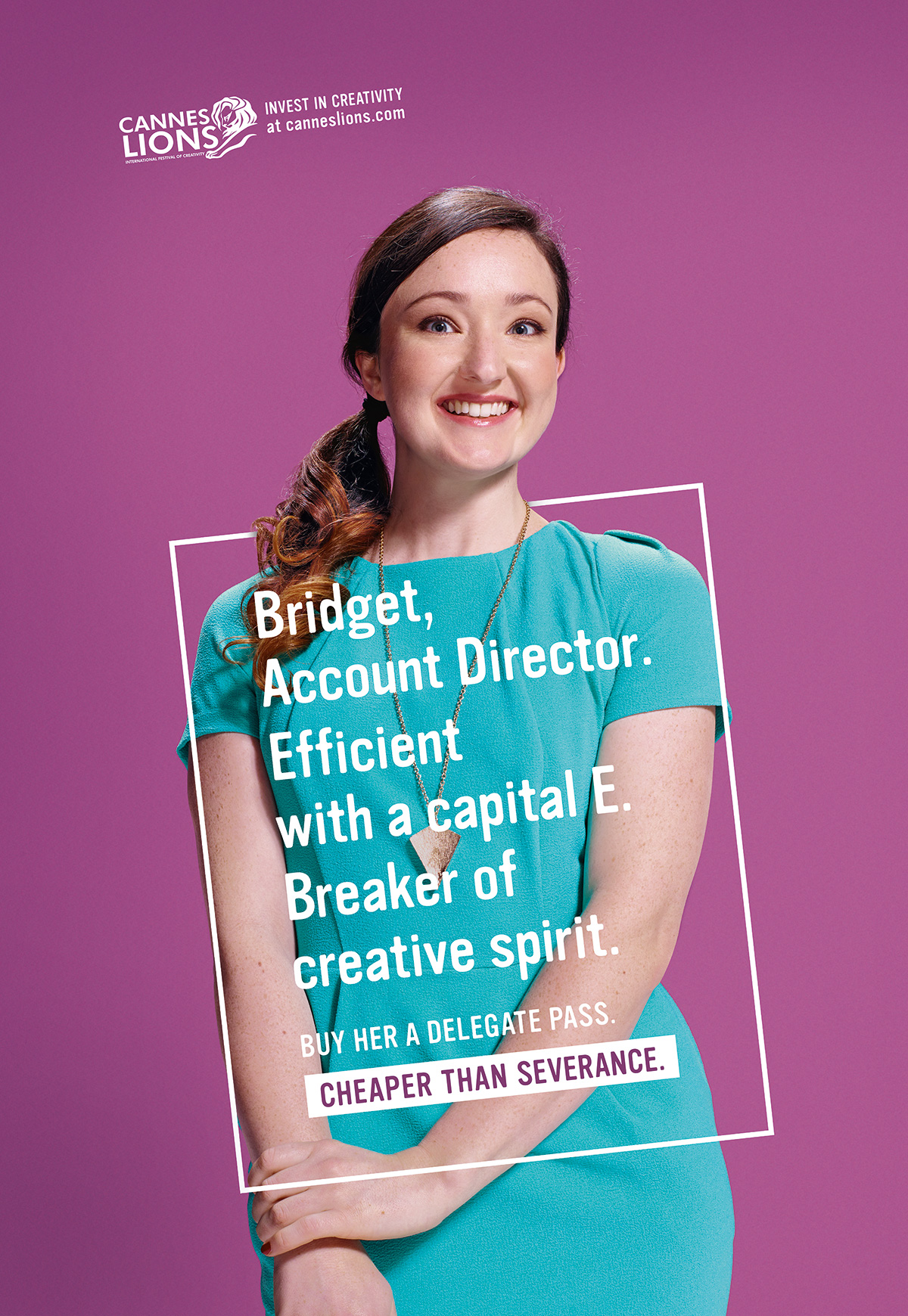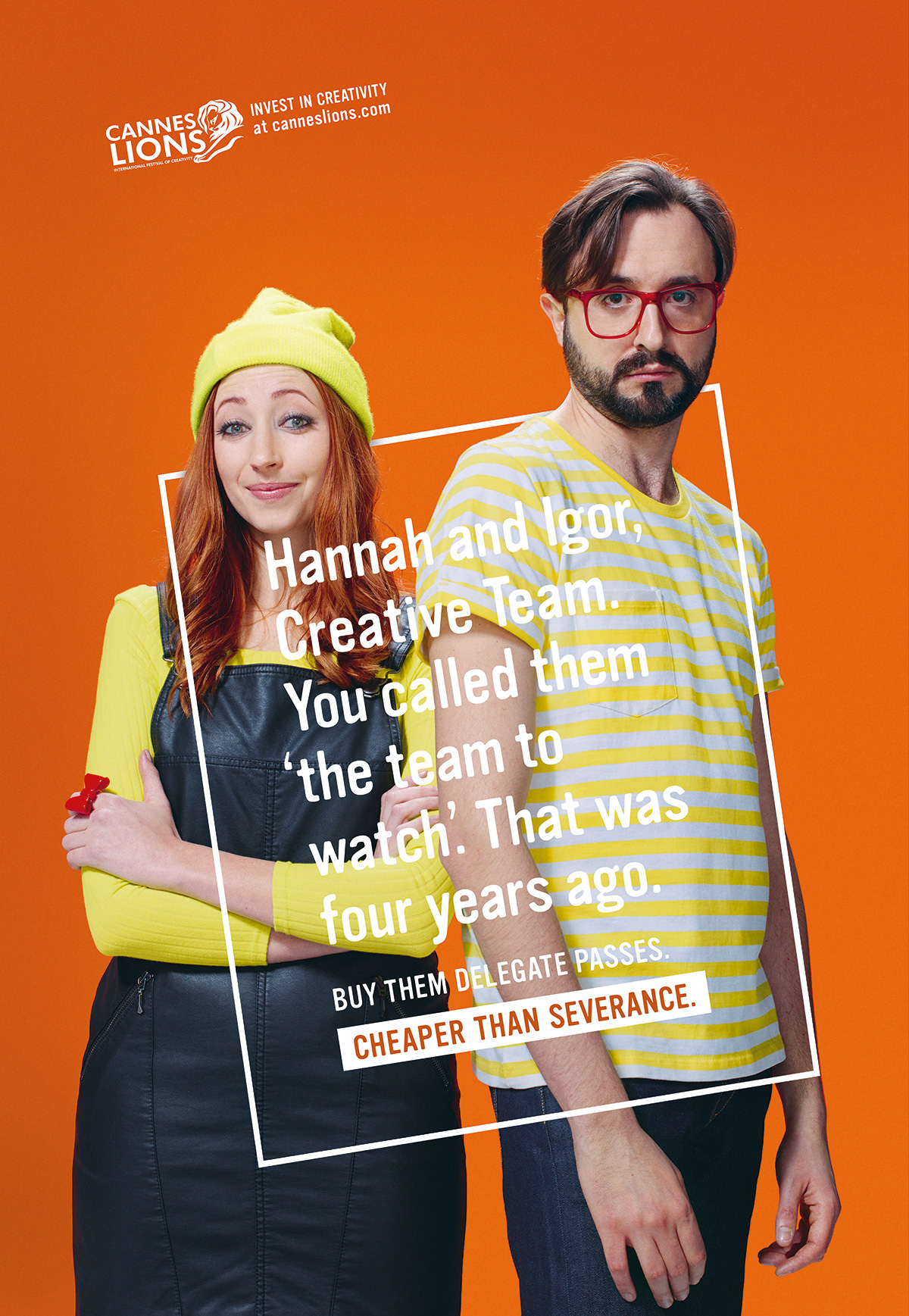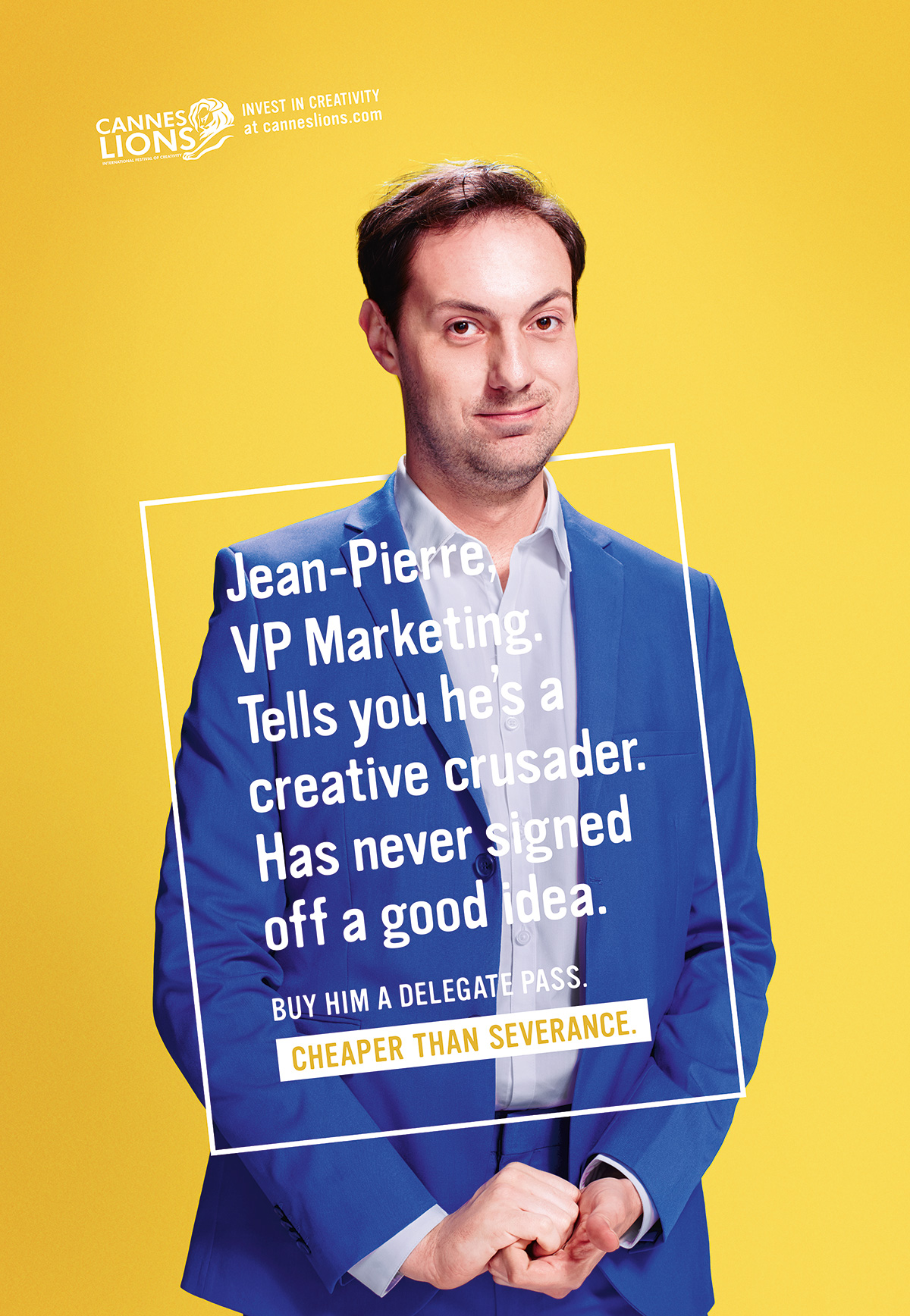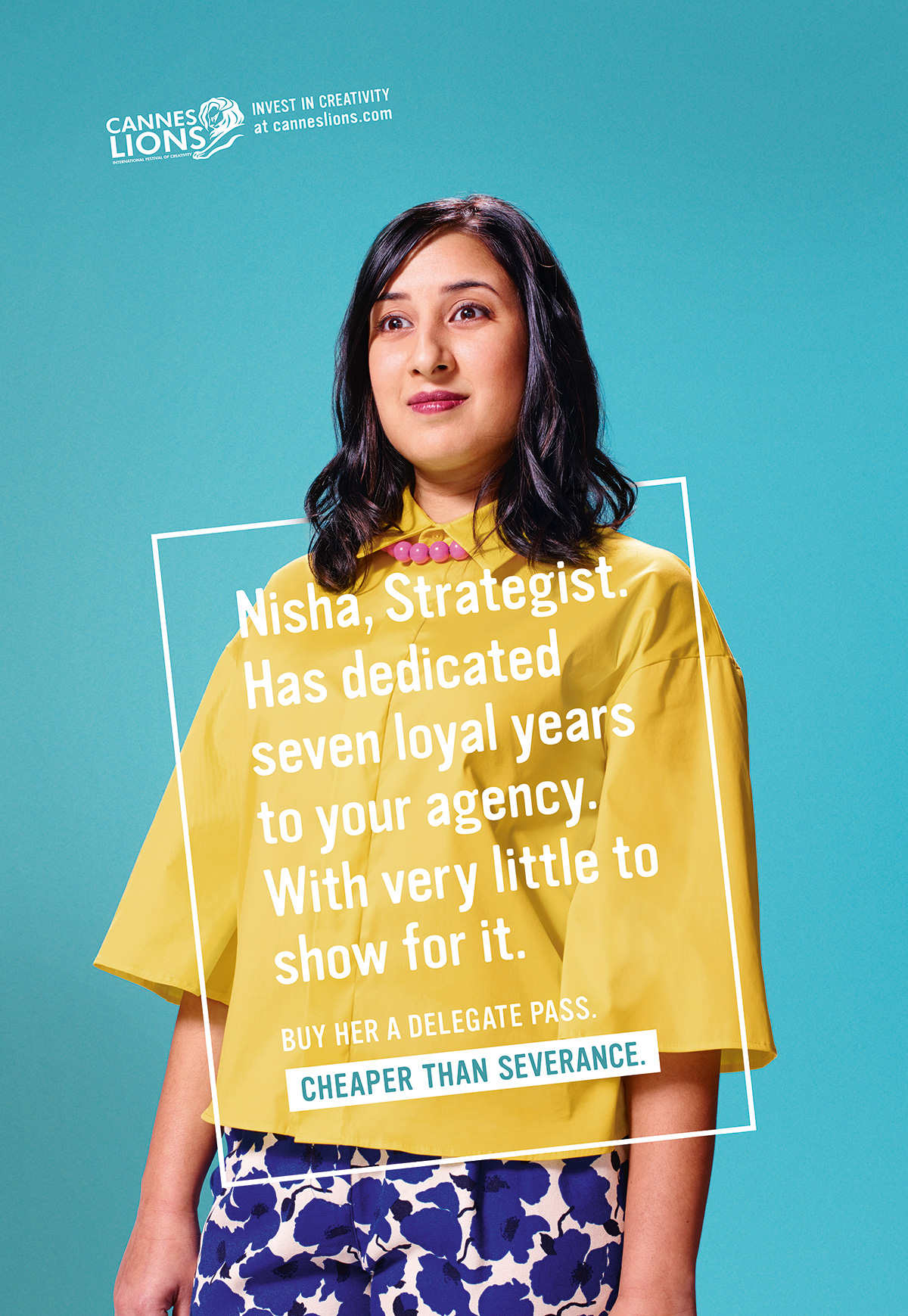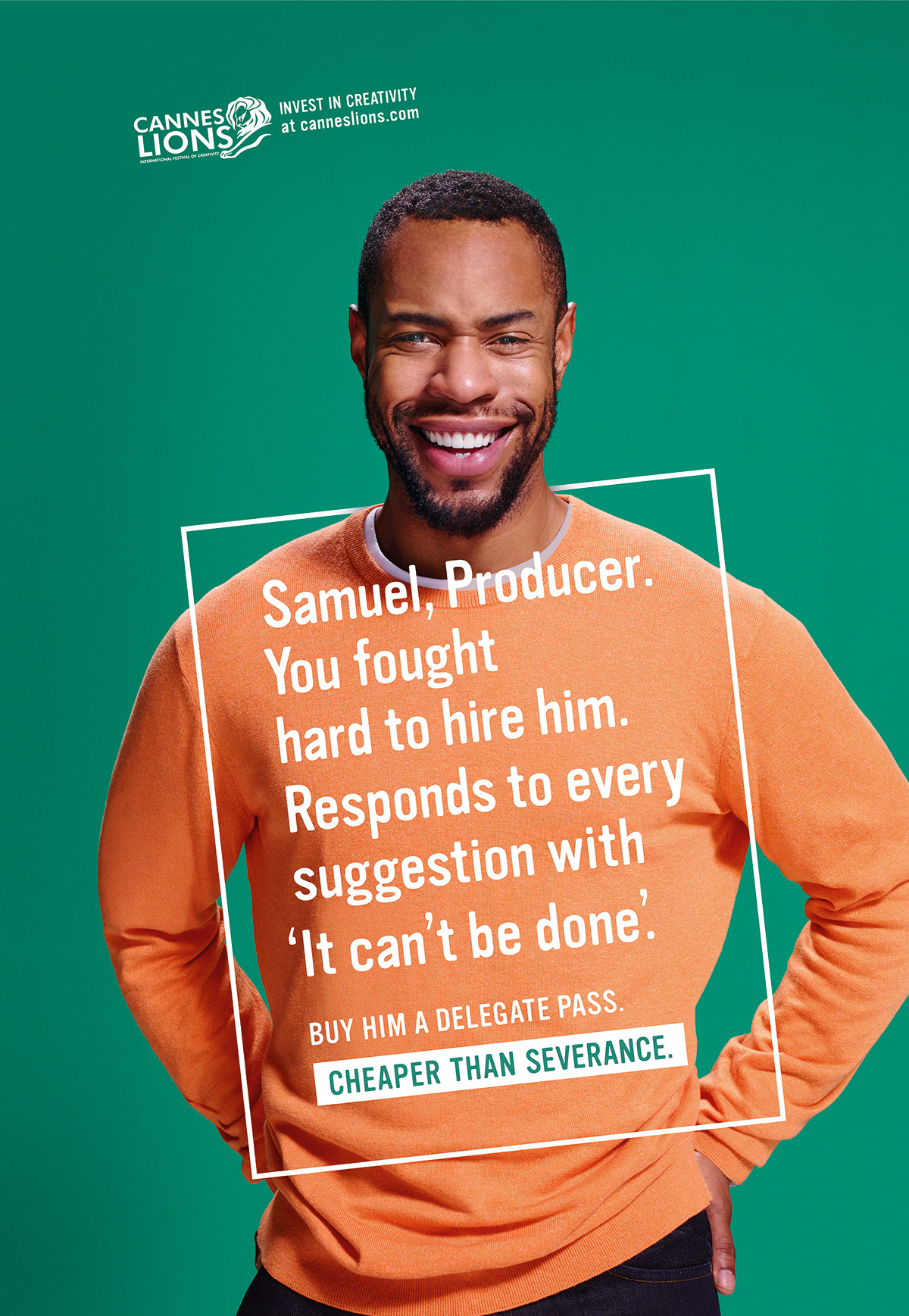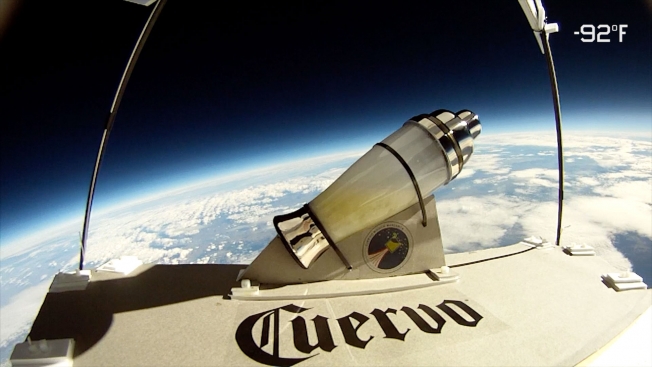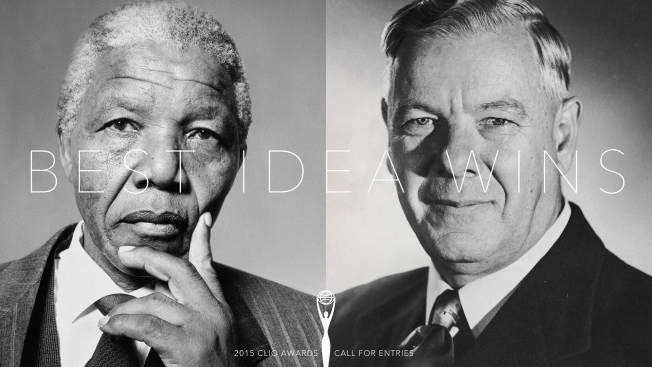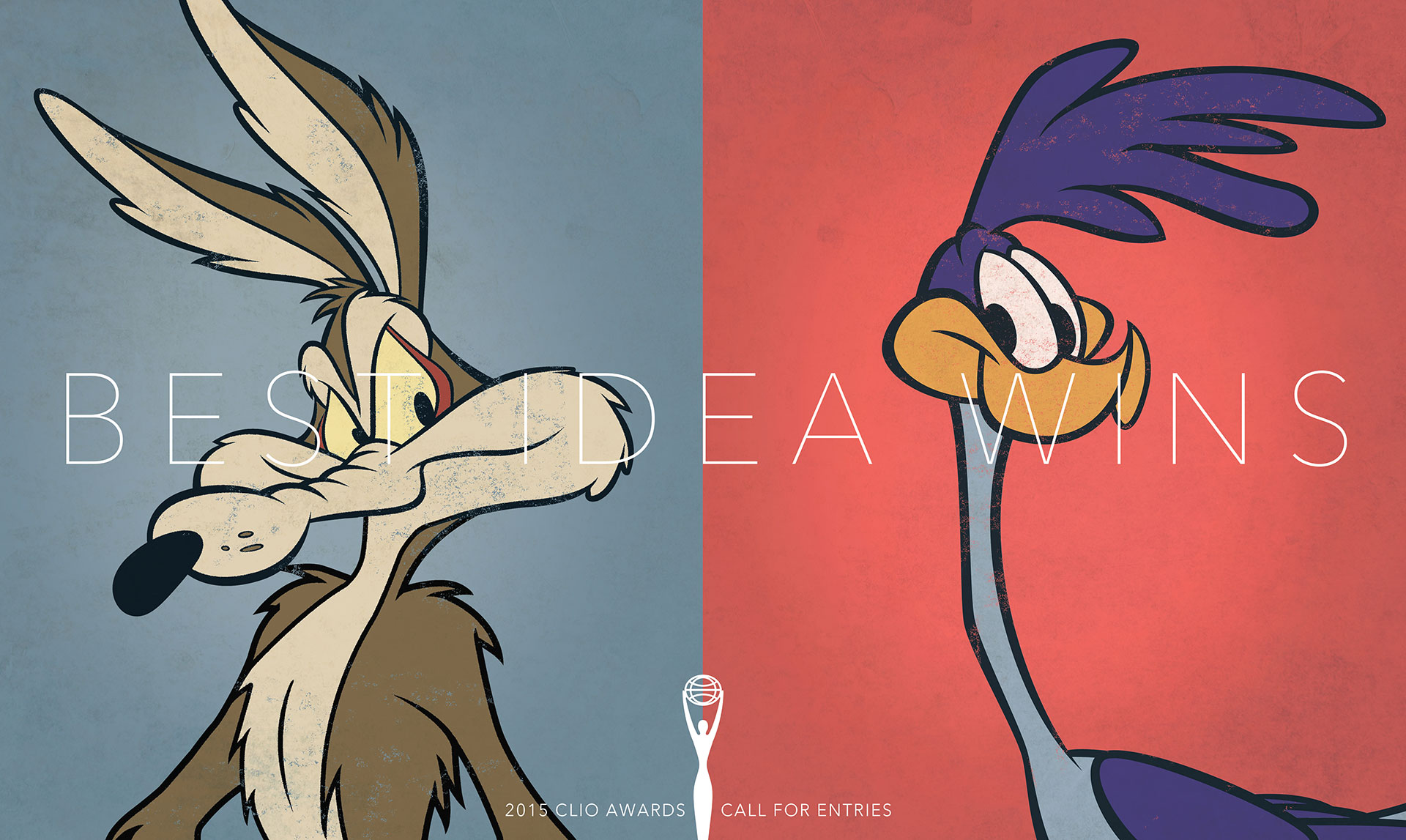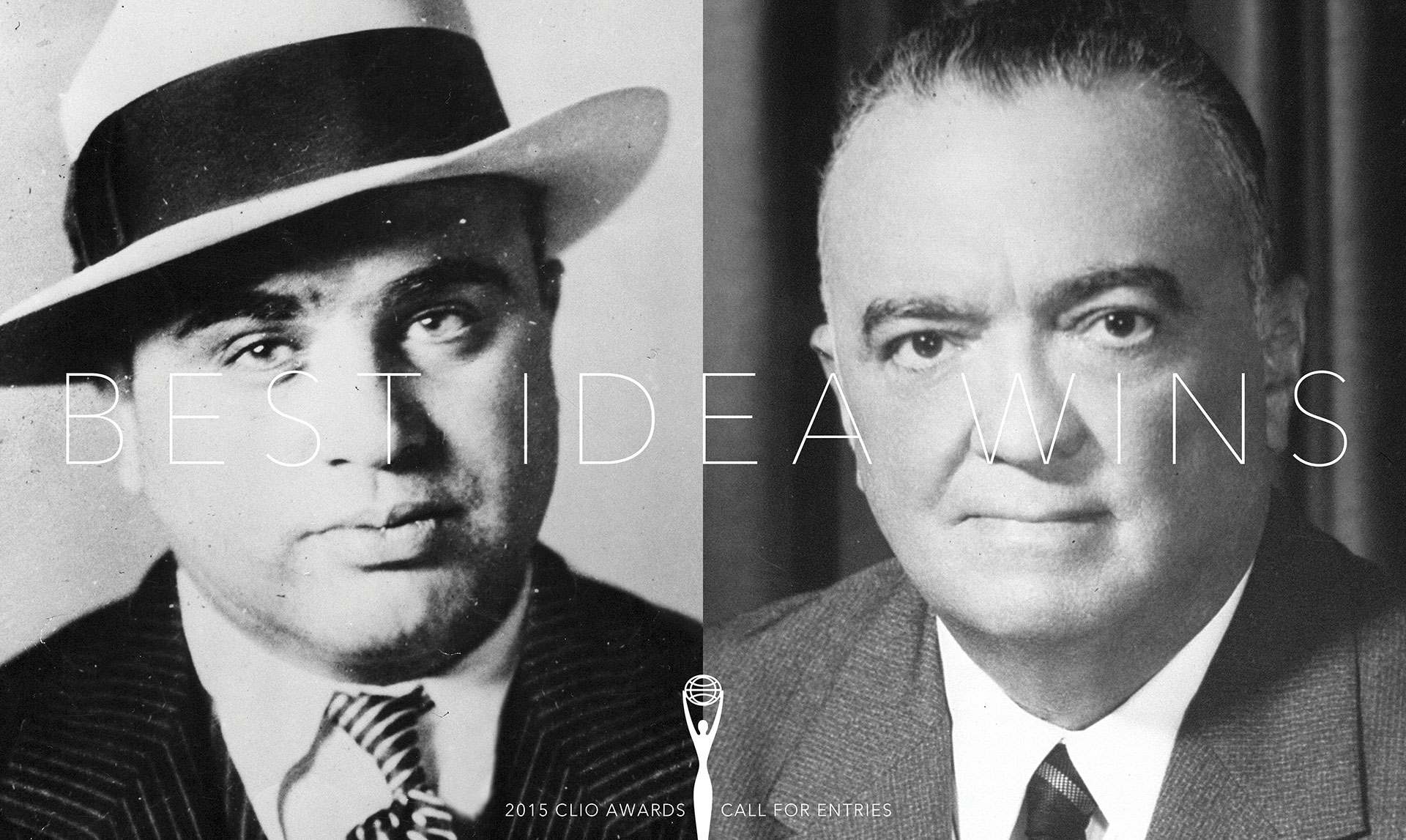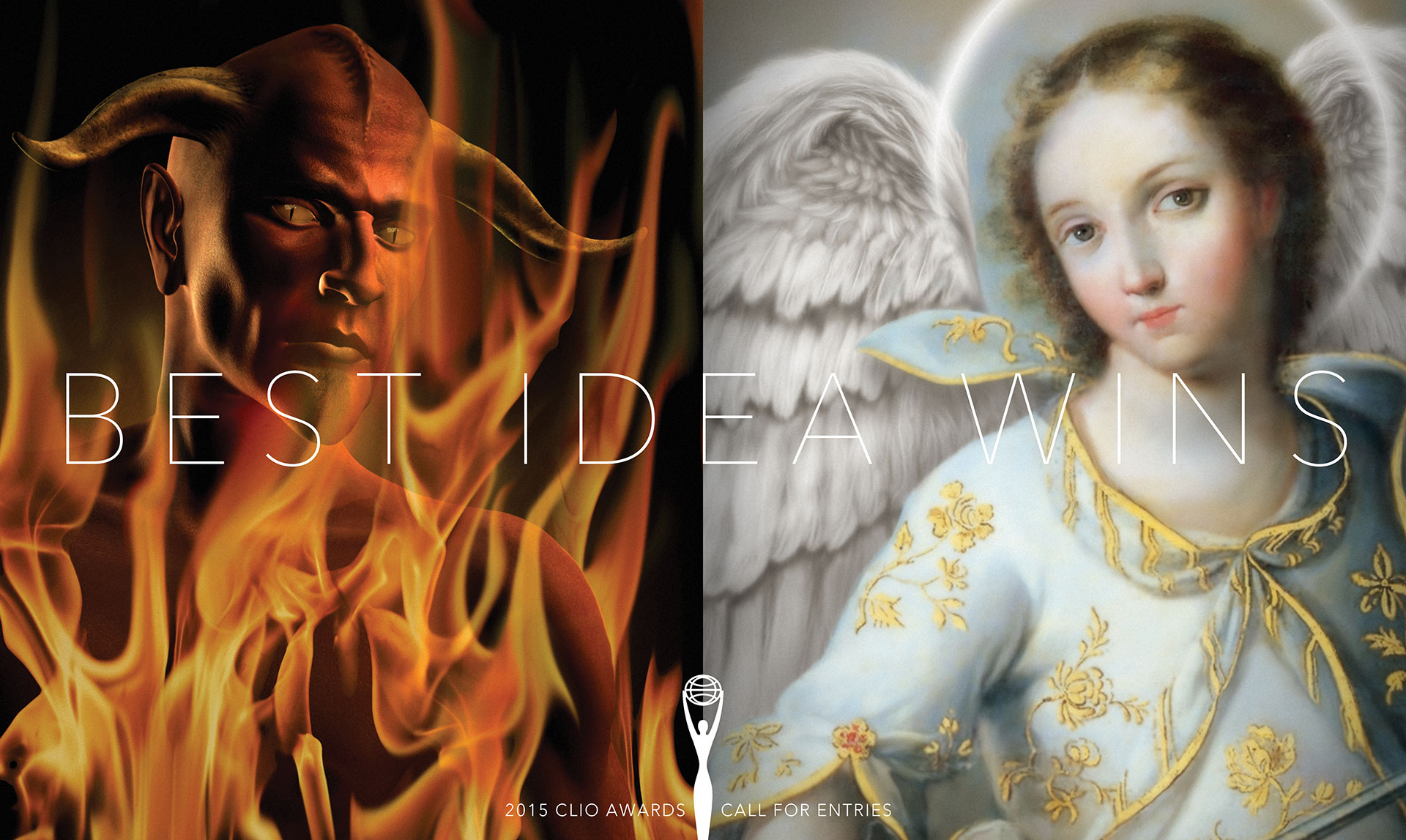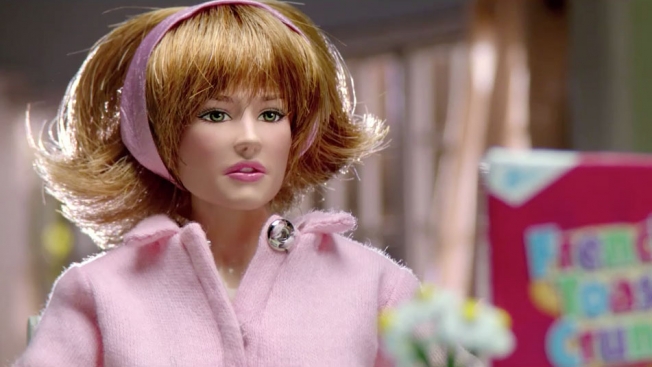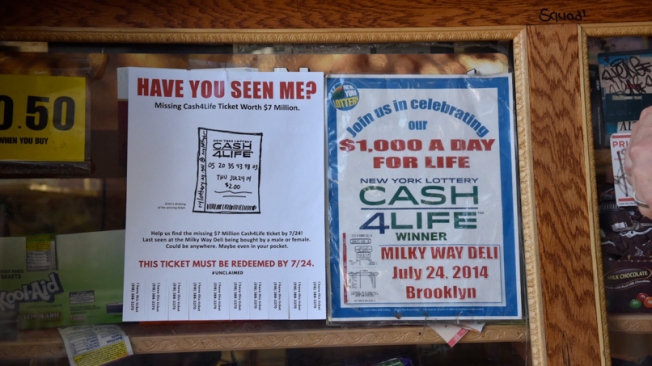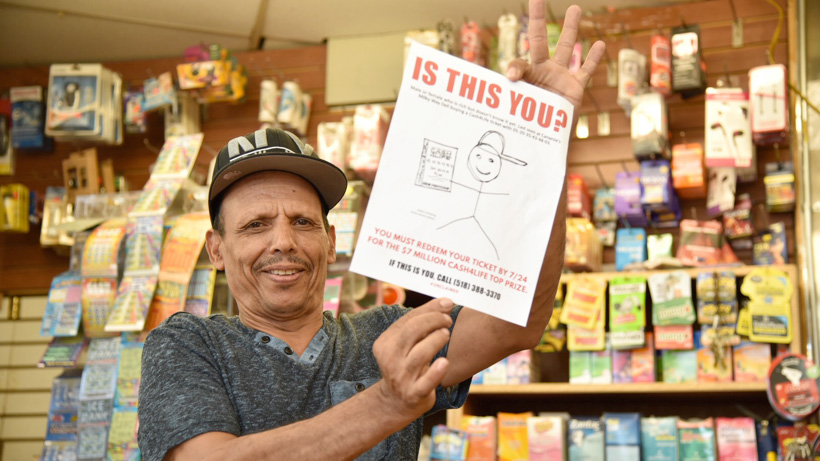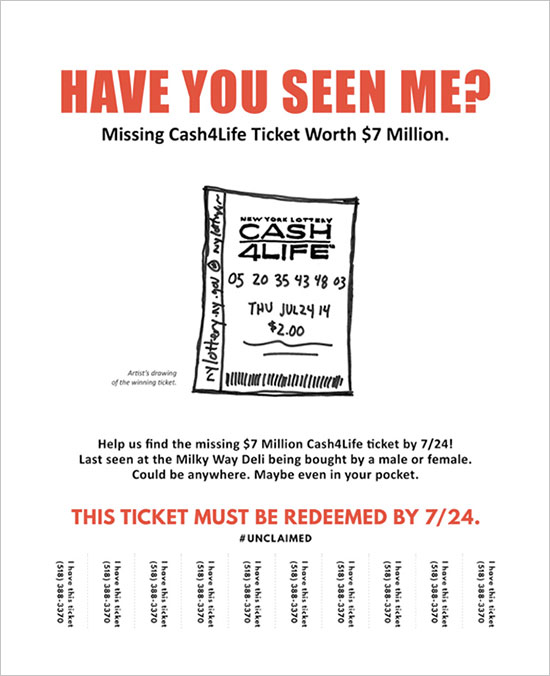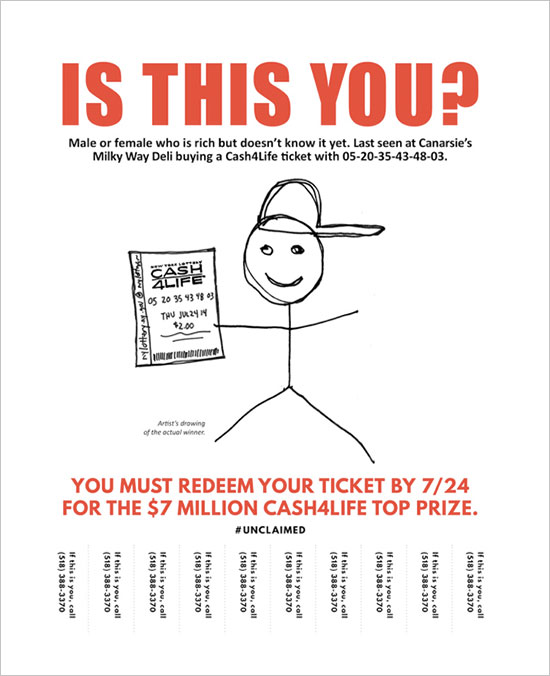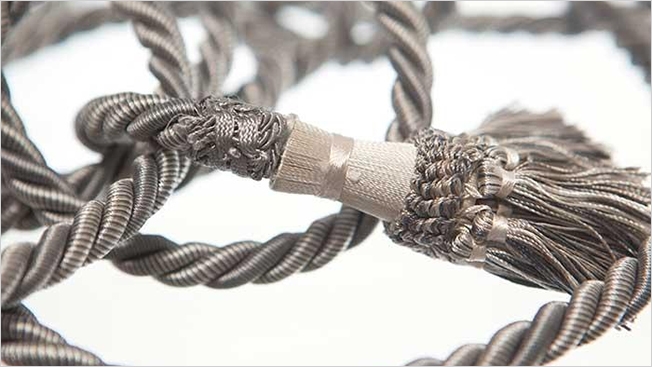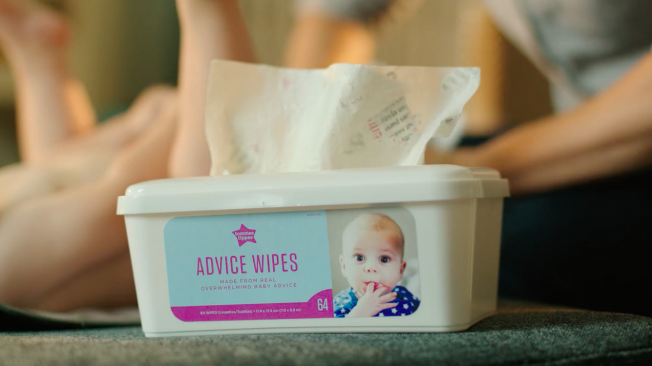![]()
Mad Men creator Matthew Weiner was nothing if not detail-oriented—each scene had to have the right wardrobe, furniture, tchotchkes, and so forth, for the time period—so it makes sense that at the end of the show's seven-season run there would be quite a few props leftover.
Roughly 1,400 items are currently up for auction on Screenbid until Aug. 6, and they range from iconic and practical to altogether odd. (Sadly Ginsberg's nipple isn't for sale.)
Here are the weirdest (and yes, there will be spoilers for those who haven't watched all the way through):
Lane's Rope — $225
Description: "It all became too much for Lane. He was found in his office late in Season 5, hanging from this rope just inside the door."
Only someone who's a fan of the macabre would want this.
Ken's Eye Patch — $200
![]()
Description: "The things Ken Cosgrove did for his clients. In the twelfth episode of Season 6, he returns to the office wearing this eye patch, after a duck hunting trip with his clients at Chevrolet results in him accidentally being shot in the face."
Just think about how much sweat from actor Aaron Staton's face is on that patch.
Roger's LSD Sugar Cane Tray — $300
Description: "Yes, you too can imagine you're watching the 1919 World Series! From a bathtub! While on LSD! This Suisse Langenthal ceramic plate with golden-colored plating was used to serve Roger and his wife LSD in the sixth episode of Season 5."
If you're looking to have a trip like Roger, purchasing this tray isn't the way to do it. Plus, this is certainly more expensive.
Duck's Duck Print — $175
Description: "Herman 'Duck' Phillips took his nickname seriously. This is one of two large, framed duck prints we found in his office."
Duck's drinking problem makes more and more sense.
Sally's Psychiatric Evaluation Folder — $125
Description: "Sally Draper needs a shrink ... or so her mother is convinced. Sally exhibits some disturbing behavior in the fifth episode of Season 4 and Betty wastes no time trying to find out what is happening to her little girl. Here is a black folder containing young Sally's psychiatric evaluation by Dr. Edna Keener."
Yes, the psychiatric evaluation of a fictional teenage character is valued at $125.
Don's Note to Megan on Whale Picture — $325
Description: "In the ninth episode of Season 5, Betty discovers this drawing of a harpooned whale ("Why is he smiling?") and a note from Don to Megan on the back ("Lovely Megan ..."). This leads Betty to reveal part of Don's past to Sally."
While the note did factor into the show's plot in a major way, the actual whale drawing, credited to a young Bobby Draper, really isn't much better than any other small child would do.
Joan's Ceramic Clown in Frame — $100
Description: "This ceramic Chinese girl sits alone in a black frame, with no back cover. An interesting piece that belonged to Joan."
Not even the auctioneers knew how to sell this one. And no one should ever own clown art, even if it belonged to Joan Harris.
Playtex Media Plans — $125
Description: "'Playtex protects a woman's touch,' some excellent work from Sterling Cooper Draper Pryce's star copywriter, Peggy Olson. Here are two of the Playtex Media Plans offered to executives in Season 4, Episode 11 of 'Mad Men.'"
These might be a good investment, if you had a one-on-one pitch meeting with Peggy.
Don's Why I'm Quitting Tobacco Newspaper Ad — $3600
Description: "It's among the more memorable moments in the entire run of 'Mad Men.' In the 12th episode of Season 4, without informing the other partners, Don pens the letter 'Why I'm Quitting Tobacco,' which is placed as a full-page ad in the Sept. 16, 1965 edition of The New York Times."
Buying this piece of memorabilia isn't all that odd, but its price sure is.
Don's Typed Pages About Advertising — $950
Description: "'It's bigger than a car. It's everything.' In the eighth episode of Season 6, Don typed this rambling page of thoughts on advertising while in a drug-induced haze."
We watched Don Draper pontificate about the ad business for seven seasons. Is it really worth buying a printed version of his Jack Kerouac-esq ramblings, too?



